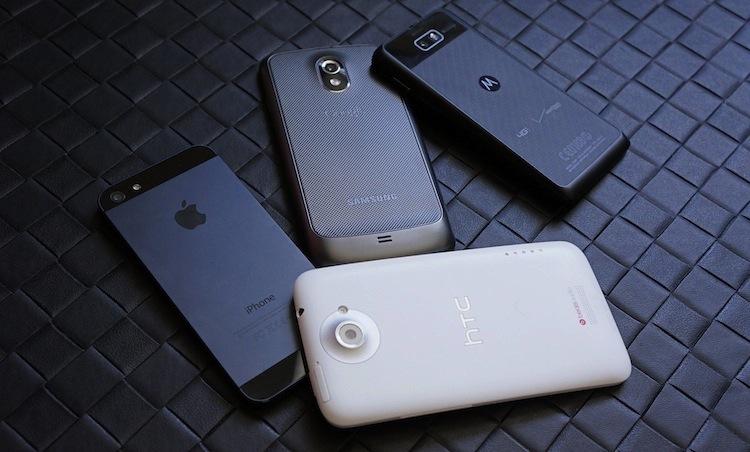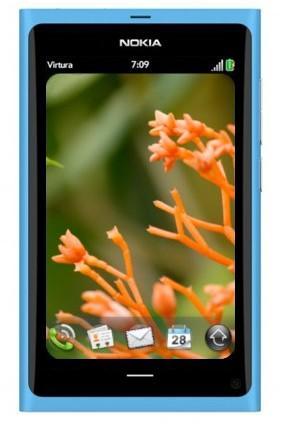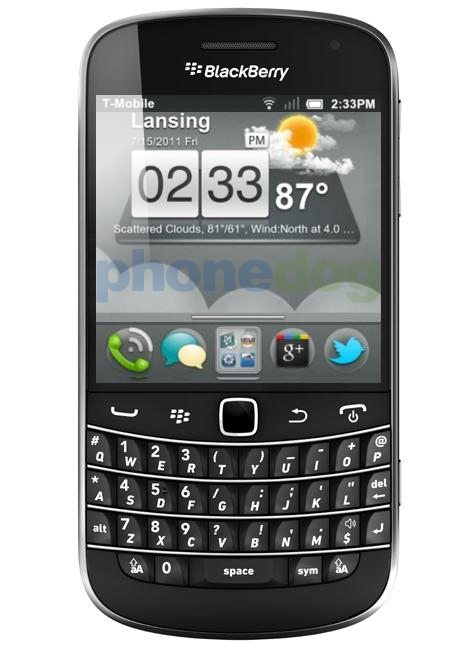
For any of you who have been reading along since the beginning of my time here at PhoneDog, you know my preferences have changed … a lot. I have gone from serious BlackBerry fanboy to an every-OS man. I went from thinking BlackBerry would reign for the next several decades to seeing the bigger picture, that bigger plans were in motion. Now I see promise in even the smallest, least like mobile platforms.
My last week here at PhoneDog has been incredible, and it has forced me to reflect on some of the best times I've had with the company.
I have written a ton of articles for the site since I first (officially) started back in May 2010. The count is somewhere over 1,400 (some of those were under the PhoneDog moniker). And the vast majority (I would estimate about 95 percent) of those were editorials. I still find it hard to believe.
I have written everything from news and press releases to reviews, editorials and I've even shot some video. Although I really enjoyed getting in front of the camera, I still have to say that the most enjoyable work I have ever done is writing editorials for events … as they unfold. I have written a handful for Apple events, Samsung events and Google events. There is nothing that gives you a rush quite like having a deadline for 15 minutes after the press event and having to write factual information as well as opinion as the news unfolds.
Working like that is a direct product of the Information Age, the Internet and a new style of journalism – yes, one that incorporates opinion. (I wonder how many traditional journalists will cringe at that.) I digress. There are no events today, so I can't exactly do one of these for old times' sake.

The other awesome part about writing for the company was practically free reign over what I wrote. An idea would come to mind and, if I could put it to words effectively, I wrote about it. Some of the most fun I have ever had writing and doing this job has been writing about the future, "what if" scenarios and theoretical pieces. For example, my perfect smartphone and perfect superphone articles were easily the most fun pieces to write. And so was actually making my own renders of devices.
Looking back, my idea of the perfect superphone is hilarious. It was a Nokia N9 with a 4-inch 720 Super AMOLED Plus display, 2GB RAM, 32GB of built-in storage and a battery that would last an entire day. It wouldn't have ran Android or iOS, Windows Phone or BlackBerry OS. Instead, it would have come with webOS installed.

The very next article I did like this was done just one month later, and the device was completely different. It was a BlackBerry Bold 9900 frame, stretched to house a 3.5-inch display. I would settle for the processor in the Bold 9900, and I would have been happy with an 1,800mAh battery. It wouldn't come loaded with BlackBerry OS, however. I would have it loaded with Android, but not just any flavor of Android. MIUI, custom ROM developed by Xiaomi, a Chinese startup that has now developers accompanying hardware.
Just two years later, all of these things seem paltry. Dual-core processors were important for future-proofing, cameras were irrelevant to me and display size was negotiable.
A few months later, after getting my hands on the Galaxy Nexus, I wrote another piece, explaining that the Galaxy Nexus was a close to perfect as any smartphone has ever been. (In retrospect, that seems silly, naive.) The display was the highest-resolution display we had seen. The button and port placement were near perfection. The design was fresh and the software was incomparable to previous versions of Android.
Today, I don't agree with anything I said before. Granted, two of these articles were written a year and a half ago, and one was written 14 months ago. Preferences change, and at the rate smartphones are improving, growing and maturing, my have completely changed more than once over the years.
So before I embark on a new adventure, I want to entertain the idea of a perfect smartphone once again. My perfect smartphone would be quite the frankenphone.
It would have the chassis of the HTC One X+ and Sharp's 5-inch 1080p display found on the HTC DROID DNA, however, the button and port placement would be taken from the Samsung Galaxy Nexus. It would host a 1.7GHz quad-core Snapdragon S4 Pro chip inside, 2GB RAM, 64GB of built-in storage with a microSD card slot and a 3,500mAh battery. The camera and optics would be take from the iPhone 5.
On the software side of things, I would have it dual-boot both purely stock Android 4.2.1 and Ubuntu Phone OS (I just really want to try this for myself). But it would also be configurable to run Windows Phone 8 and BlackBerry 10, since it's obvious they all can run the same hardware. Why not throw in webOS compatibility, too? (The only issue I see is support for the 1080p display.)
Let's go for a stretch and say it would come with LTE support, too, but not only for one carrier. For AT&T and Verizon. If it supports the full 700MHz spectrum (700 to 799), it should work on both, so long as it's unlocked.
The strange thing is, none of this is terribly outlandish. It could be done with relative ease by any manufacturer. The cost might be a tad higher than normal, but I'm willing to bet it would gain the attention of everyone.
For one last time, ladies and gents, tell me what your idea of the perfect smartphone is in the comments below!